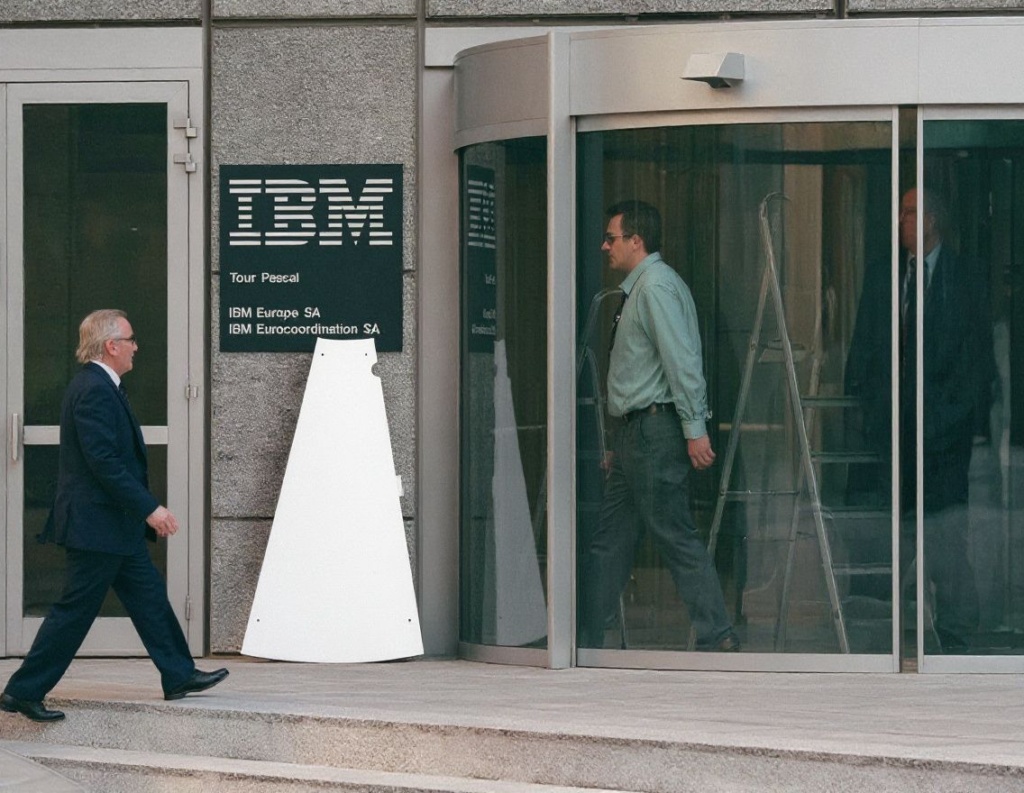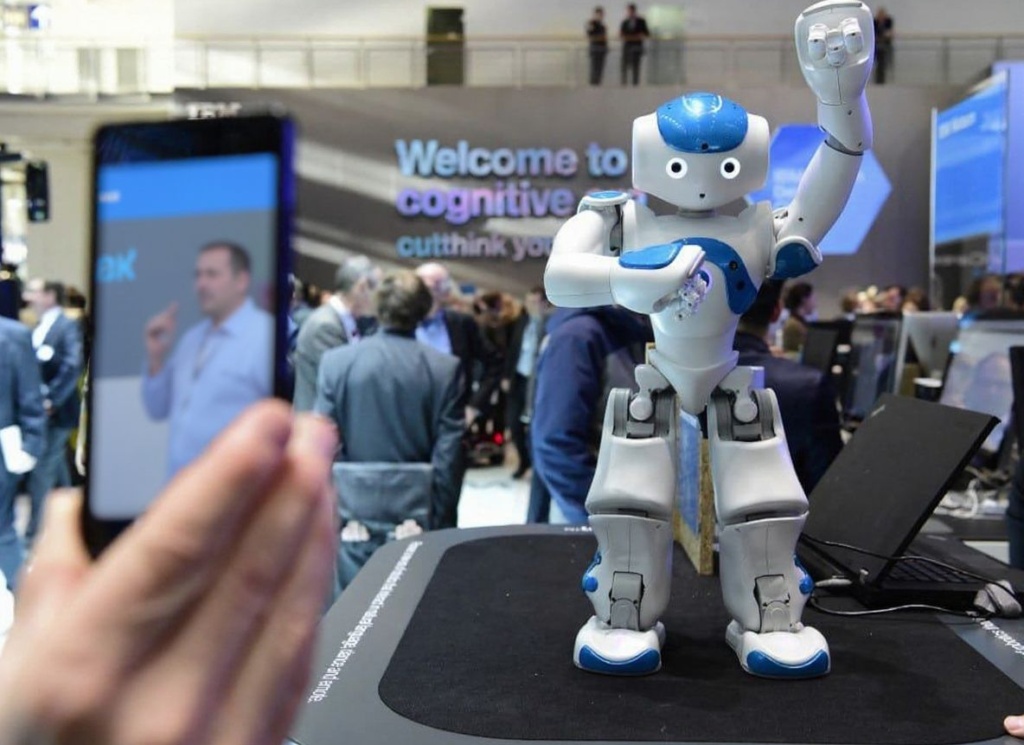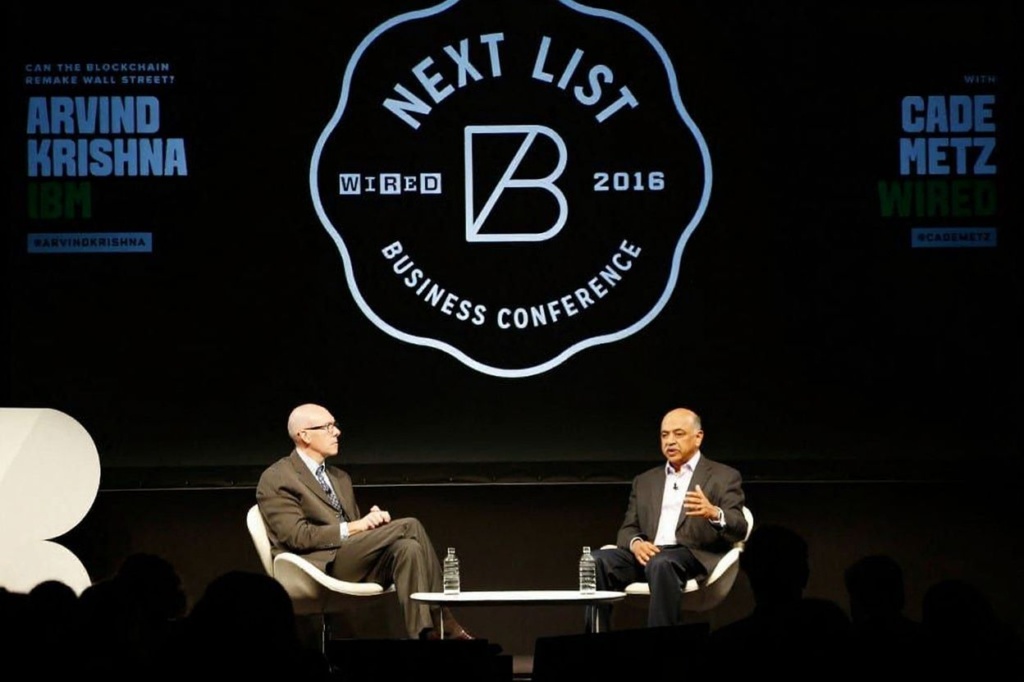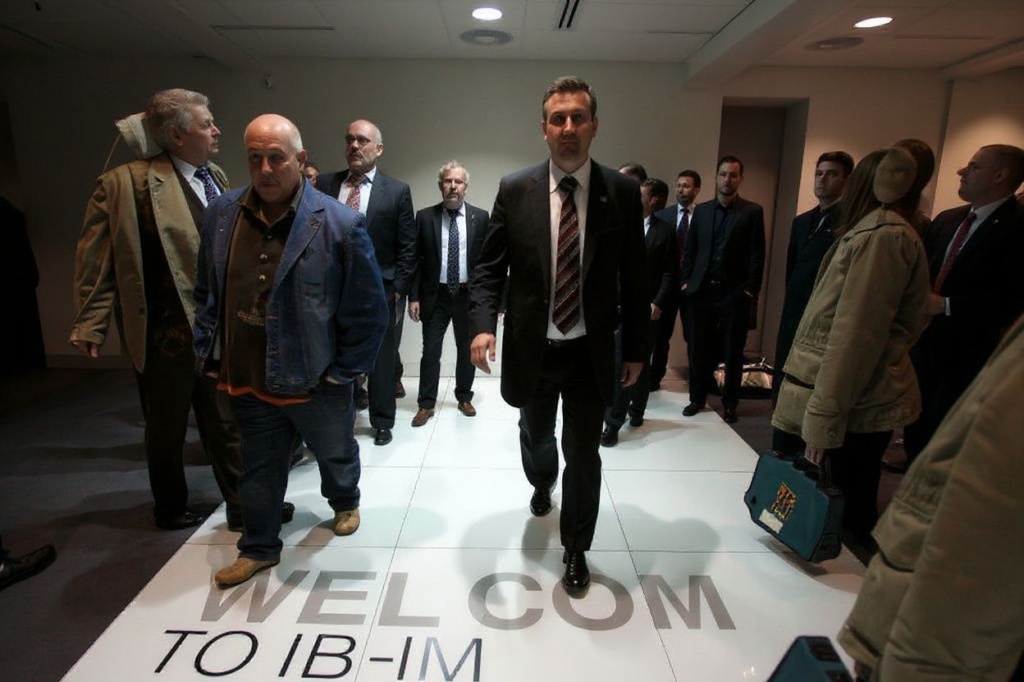
Global leader in innovation. Largest industrial research organisation in the world. Major inventor of technologies.
The International Business Machines Corporation (IBM), helmed by Arvind Krishna, is one of the world’s largest computer companies in the world that is still in operation today.
Before it changed its name to IBM, the Computing Tabulating Recording Corporation (CTR) first began operations on June 16, 1911.
Products sold were aimed at increasing the efficiency of businesses across the US.
The company was then at the helm of Thomas J. Watson Sr, who doubled the company’s profits in four years.
Soon enough, CTR was making advancements in the employment sector by being the many firsts.
It was the first company to hire disabled workers while creating training programmes for its employees.
CTR also cemented a 40-hour work week and provided group life insurance to its employees.
In 1924, CTR was renamed IBM and continued to flourish right through the Great Depression.
IBM grew in stature, innovation, and research, resulting in the company introducing the first modern-day mainframe computer system.
Fun fact; IBM even played a huge role in being a part of thousands of engineers that helped launch the Apollo missions in 1969.
 IBM has a strong presence in many industries, including finance, healthcare, and retail.market capitalisation of US$112.84 billion.
IBM has a strong presence in many industries, including finance, healthcare, and retail.market capitalisation of US$112.84 billion.
Recently, however, it’s making the headlines for losses — specifically, the loss of 3,900 human talent.
In late January, it announced that it will reduce 1.4% of its headcount of 280,000, in the wake of a strong US dollar hurting its reported revenue by more than US$1 billion.
IBM’s job cuts are part of a larger trend of mass layoffs by technology companies, which was announced one after another, from Amazon and Microsoft to Meta, Twitter, and more.
In this, it’s important to know the people deciding the fates of 168,243 tech workers and their families (at the time of writing).
The IBM board today may be known as a diverse, experienced group of global thought, business, and academic leaders from all over the world.
But how good are they at managing a workforce and retaining talent? A look into their education may offer some hints:
 IBM CEO Arvind Krishna has led the building and expansion of new markets.
IBM CEO Arvind Krishna has led the building and expansion of new markets.
Arvind Krishna
CEO of IBM Company
Arvind Krishna was born in 1962 in the West Godavari District in India to an Indian Army officer, father and proud army supporter mother.
As a young boy, he began his schooling years at the Stanes Anglo Indian Higher Secondary School and St. Joseph’s Academy, Dehradun.
He soon discovered his interest and passion for the field of engineering and enrolled at the Indian Institute of Technology Kanpur, where he completed his Bachelor of Technology (B. Tech) in 1985.
Longing to broaden his horizons, Krishna decided to make the move to the world’s epicentre for technology enthusiasts – the US.
He then furthered his education at the University of Illinois Urbana-Champaign, where he completed an MS and a PhD in Electrical and Computer Engineering.
He joined IBM in 1990, starting off at the Thomas J. Watson Research Centre before moving on to become General Manager of IBM Systems.
He has been credited for being an excellent business leader, technologist, and innovator who constantly pushes the boundaries and strives for a more digitalised future.
 IBM has continued to innovate and adapt to the changing needs of its customers round the world.
IBM has continued to innovate and adapt to the changing needs of its customers round the world.
Jonathan H. Adashek
Senior Vice President, Marketing and Communications and Chief Communications Officer of IBM Company
Jonathan H. Adashek is reportedly a family man who enjoys spending time with his wife, their two kids and the family dog.
After high school, he studied at University of Minnesota before going to the University of Wisconsin-Milwaukee to complete a Political Science BA.
According to his LinkedIn profile, Adashek began his career as Special Assistant before working in the Clinton Administration, the White House and the Treasury Department.
In 2012, he became Microsoft’s general manager of strategy and communications and served as chief communications officer at Nissan Motor Co in Japan.
Adashek was appointed as Head of Marketing for IBM in 2020. This was in addition to the role of Chief Communications Officer.
At IBM, he oversees all aspects of marketing, communications, and corporate citizenship.
 IBM's strong board has led the corporation through challenging times.
IBM's strong board has led the corporation through challenging times.
James J. Kavanaugh
Senior Vice President and Chief Financial Officer of IBM Company
James J. Kavanaugh first joined IBM in 1996.
According to his LinkedIn profile, Kavanaugh attended the University of Montana from 1984 to 1985.
He also completed a Finance (B. S. B. A) at the University of Dayton in 1988 and an Executive MBA at the Ohio State University in 1992.
In 1993, he took on a role at AT&T Corporation as their Chief Financial Officer, America Global Services, but left after three years.
And then began his upward journey at IBM, where he took on a role in finance before moving into worldwide sales and distribution.
In his capacity, he covered strategic and operational financial management and was promoted to senior vice president, Transformation & Operations.
He has been credited with redesigning IBM’s operating model and driving new ways of working while incorporating speed and agility through the enterprise.
In 2018, Kavanaugh was appointed as Chief Financial Officer and reported directly to Krishna, who is CEO.
Accounting and controllership, financial planning and analysis, tax, internal audit, investor relations, corporate development and treasury — these are are some of the aspects he oversees.
 IBM has inspired groundbreaking and truly remarkable innovations over the years.
IBM has inspired groundbreaking and truly remarkable innovations over the years.
Kathryn Guarini
Chief Information Officer at IBM Company
As the CIO of this multinational company, Guarini leads a team of almost 12,000 employees.
Before this, she was the Chief Operating Officer (COO) of IBM Research and Vice President for Impact Science, where she led the IBM Research transformation to increase impact.
Guarini made significant enhancements to the global research agenda around the Future of Climate, Health, and Work; Tech for Racial and Social Justice; and the Governance of Science and Technology.
She is also very passionate about being a leader, she says.
“I believe in the power of mentoring teams and individuals because it fosters openness, productivity, and solution-focused thinking,” she says.
“I am deeply invested in how organisations create better and more equitable workplaces by addressing bias, enhancing diversity, cultivating company culture, and advancing work-life balance.”
Being a woman in the tech field was no easy feat, but Guarini had a solid backing in education to get her where she is today.
She attended college preparatory school, The Loomis Chaffee School, in Connecticut.
For her undergraduate studies, she went to Yale University and earned a BS in Applied Physics in 1994.
Next up was Stanford University, where she completed a PhD in Applied Physics.
To hone her business skills, she explored a mini MBA programme provided by IBM that focuses on finance, marketing, and strategy.
This course was taught by professors from Columbia University and New York University.
In a perfect step to summarise all she had learned and practised, she completed the Authentic Leader Development Programme at Harvard Business School.
 IBM has some of the brightest employees in the US.
IBM has some of the brightest employees in the US.
Nickle LaMoreaux
Senior Vice President and Chief Human Resources Officer at IBM Company
In Nickle LaMoreaux’s 22 years at IBM, she has supported the company’s business growth through leadership development, talent acquisition, performance management, and skill building.
LaMoreaux is also the vice president of Compensation and Benefits. In this role, she led the design and deployment of all compensation and benefits programs globally.
She also was heavily responsible for all HR activities associated with mergers, acquisitions, and divestitures and drove the people side of the Red Hat acquisition.
After high school, she enrolled at Cornell University to explore a BS Industrial and Labor Relations.
Once she completed that, she took on her MBA at Duke Fuqua School of Business.
The skills, knowledge and experience she gained through her education shaped and moulded her for the roles that were about to come.
Career navigation has always been challenging, but trial and error may be the most important aspect of it, she says.
“Earlier in my career, I was offered an international assignment in China. While the opportunity was great, the timing was not,” she says.
However, after discussing the opportunity, she packed up her family and moved to China.
“The decision to take an international assignment ended up being a defining moment in my career,” she says.
“I experienced new cultures, gained an outside-in perspective on our business versus being based in headquarters, and learned to put a greater emphasis on listening and empath.”
The experience led to a promotion, which she declined but does not regret today.
“In passing on that promotion, I worried I might not be considered ambitious enough or fully dedicated to my career,” she explains.
“But when I really thought about what I wanted for my family and my career, I realised passing up a promotion was actually the best option for me.”










